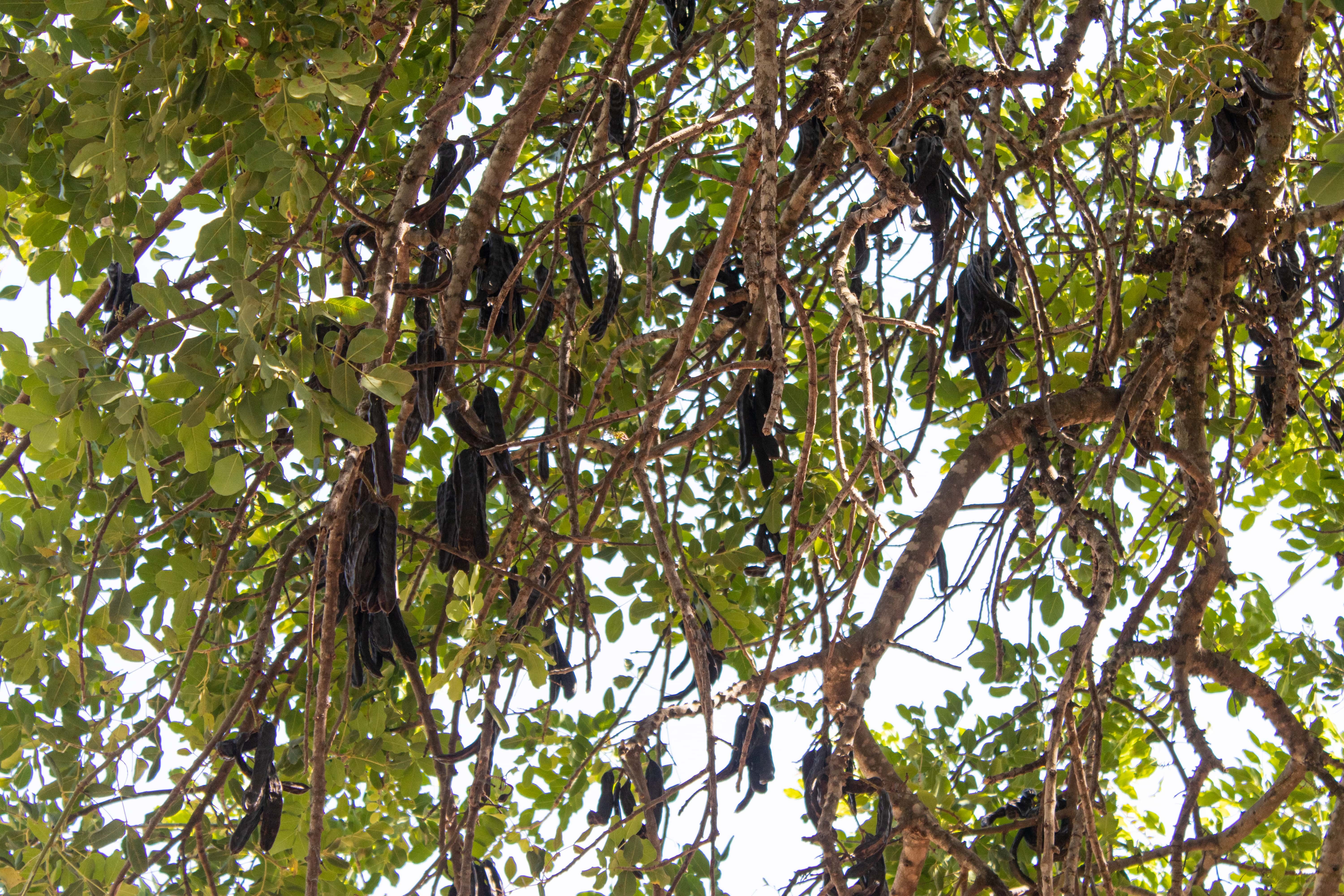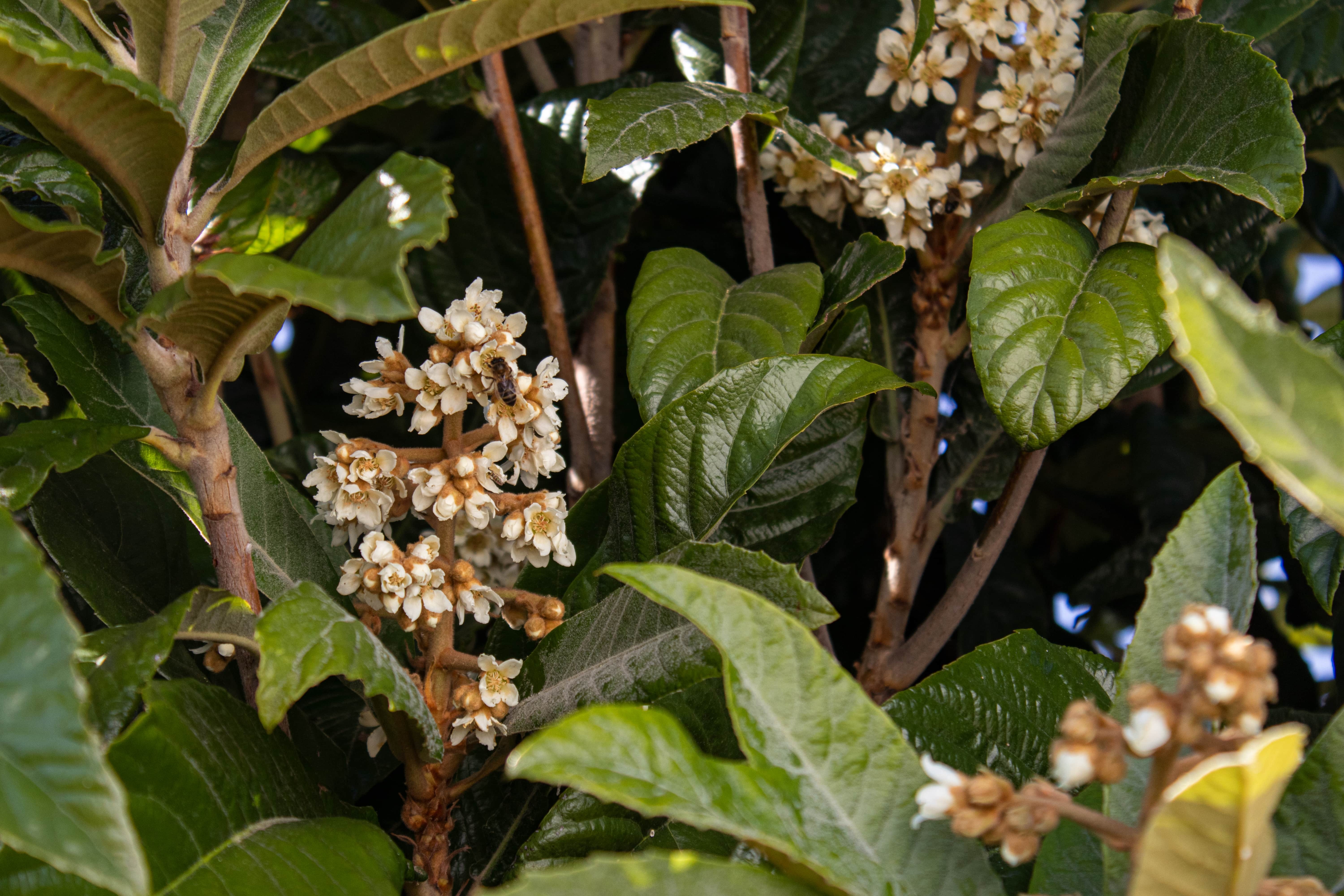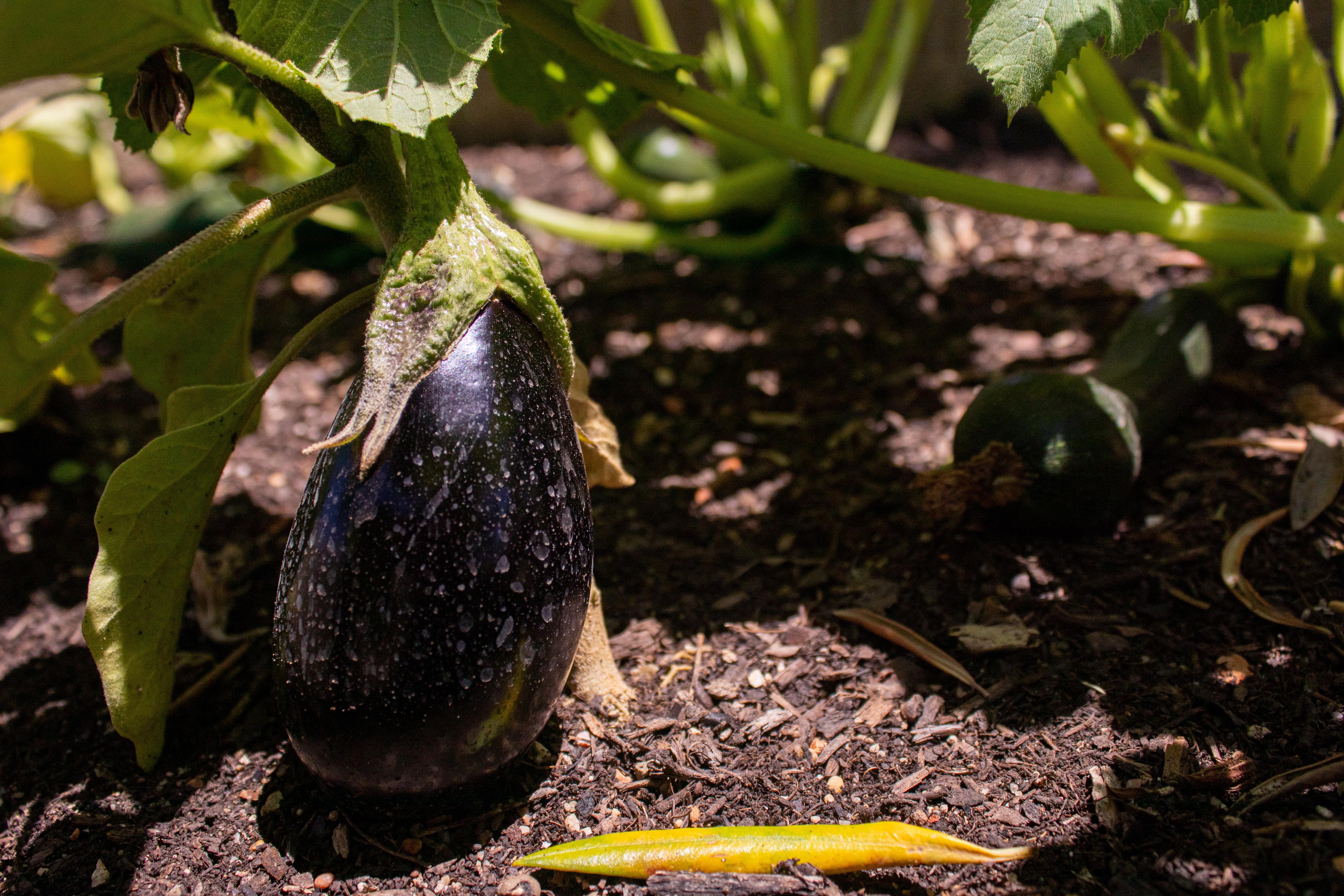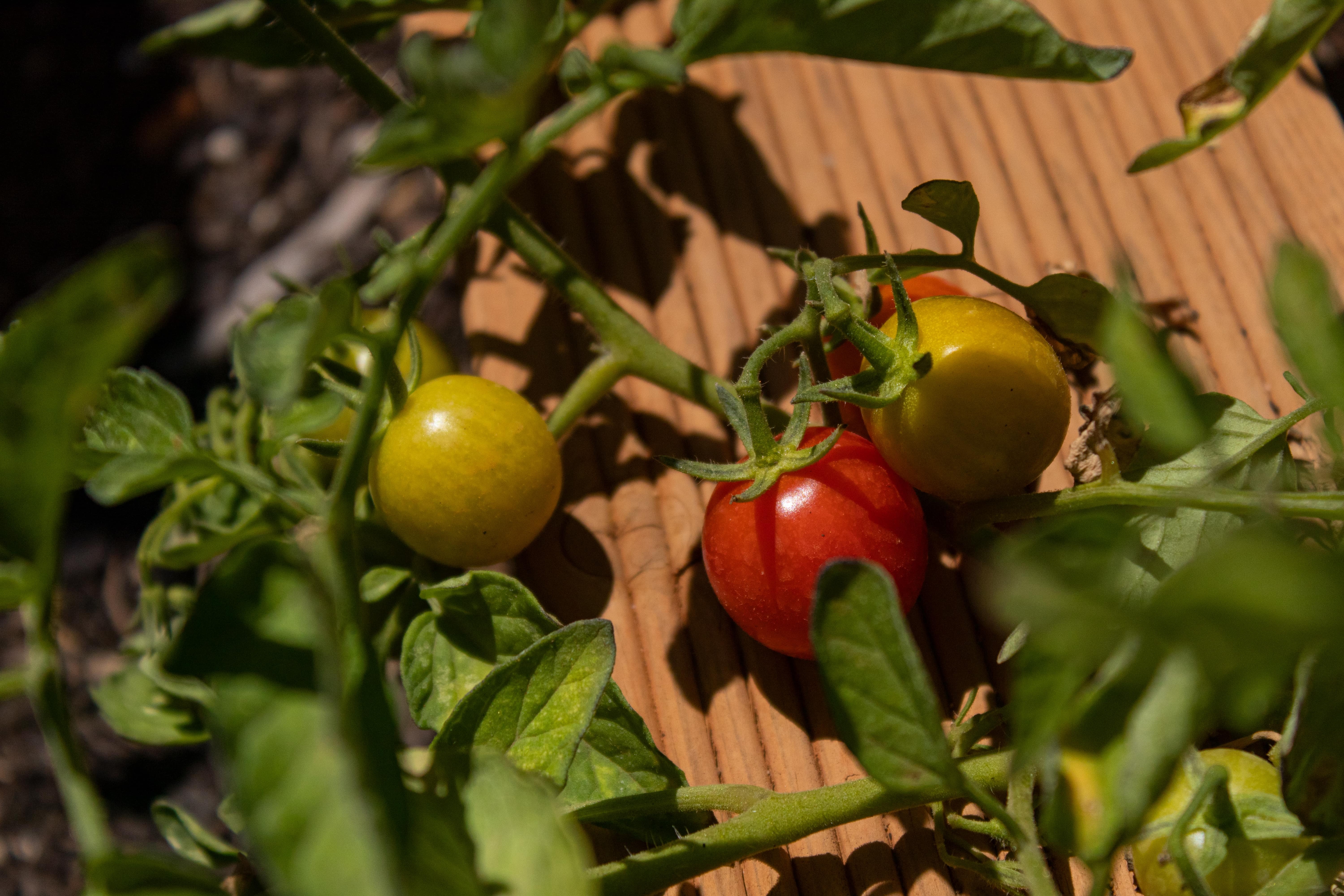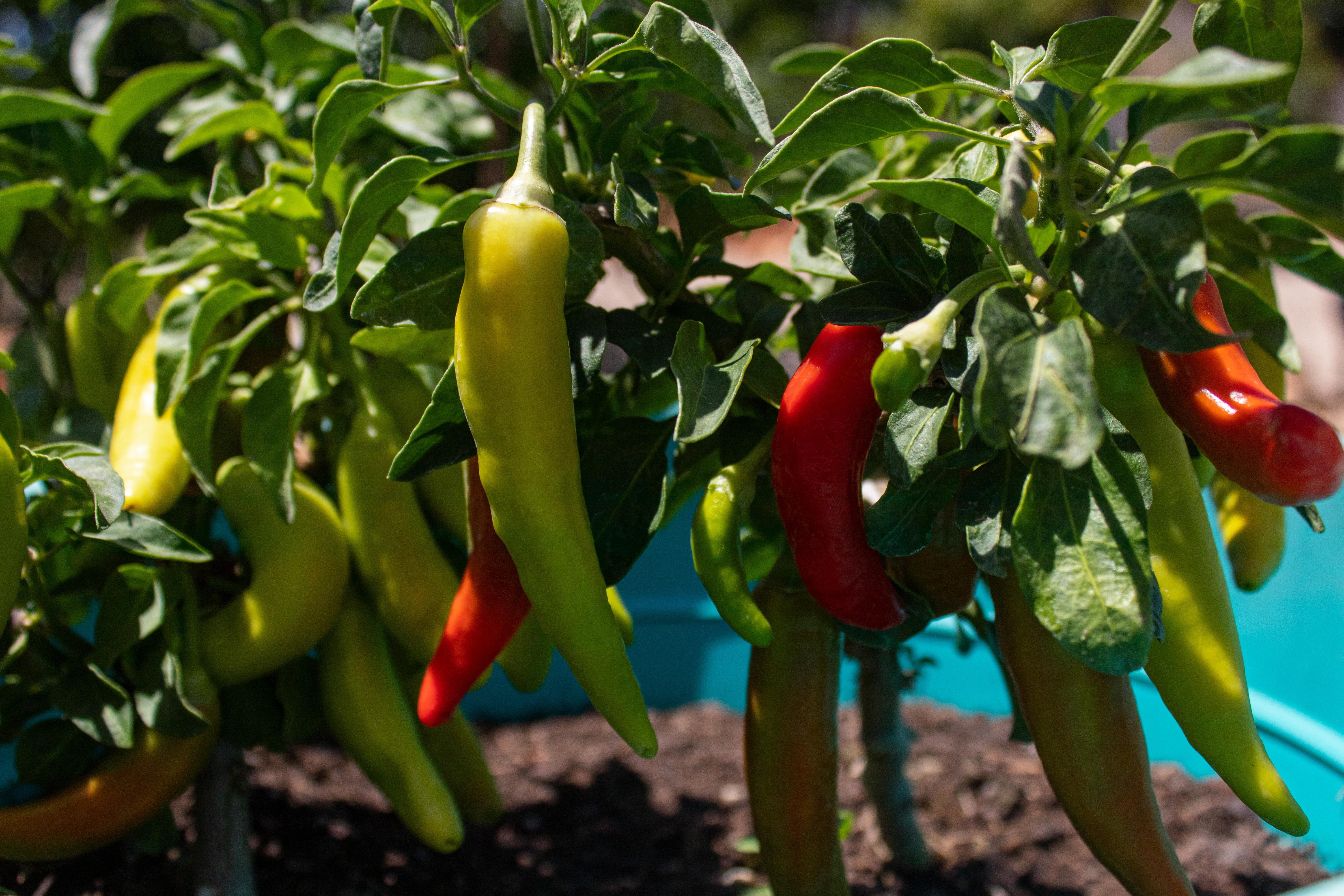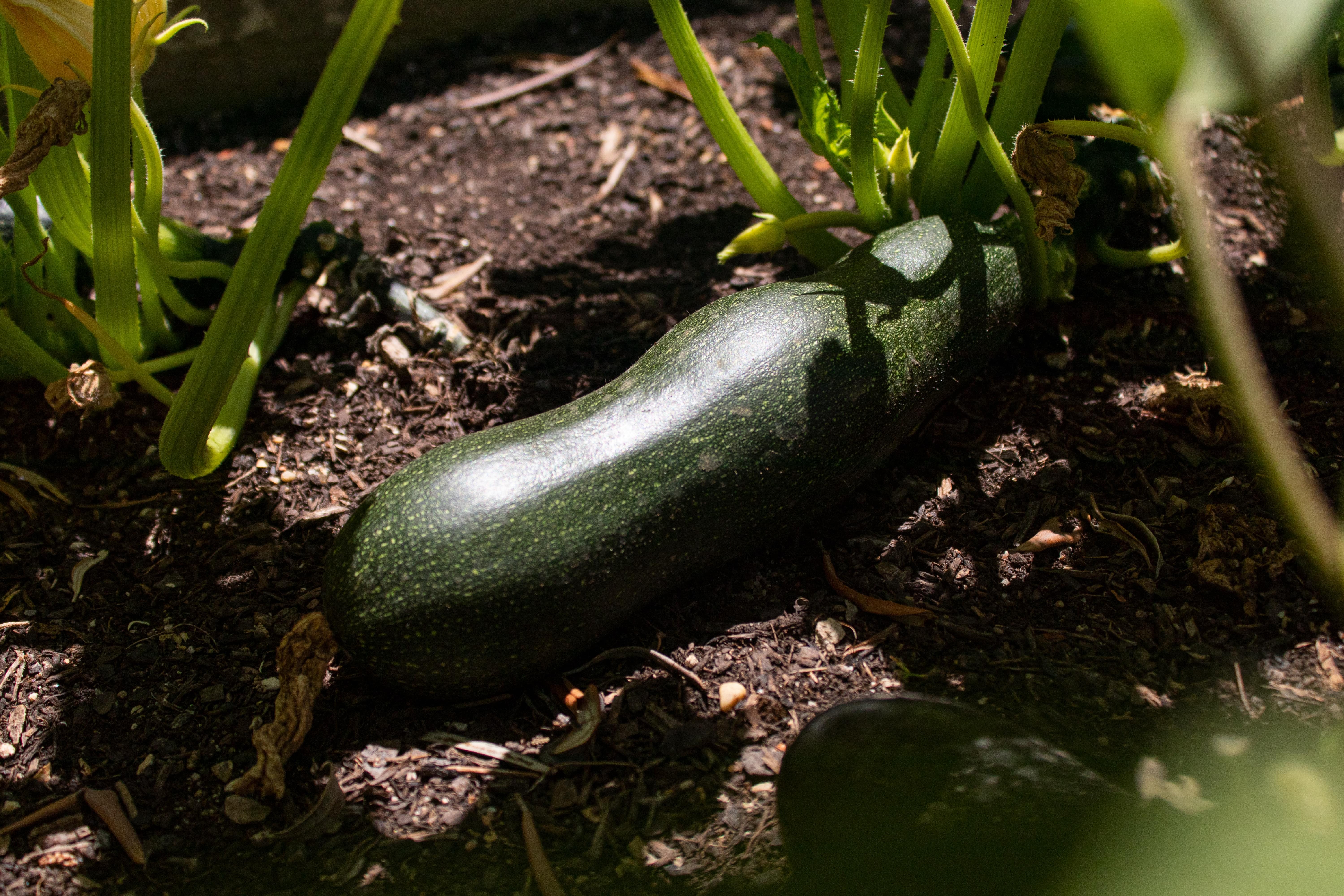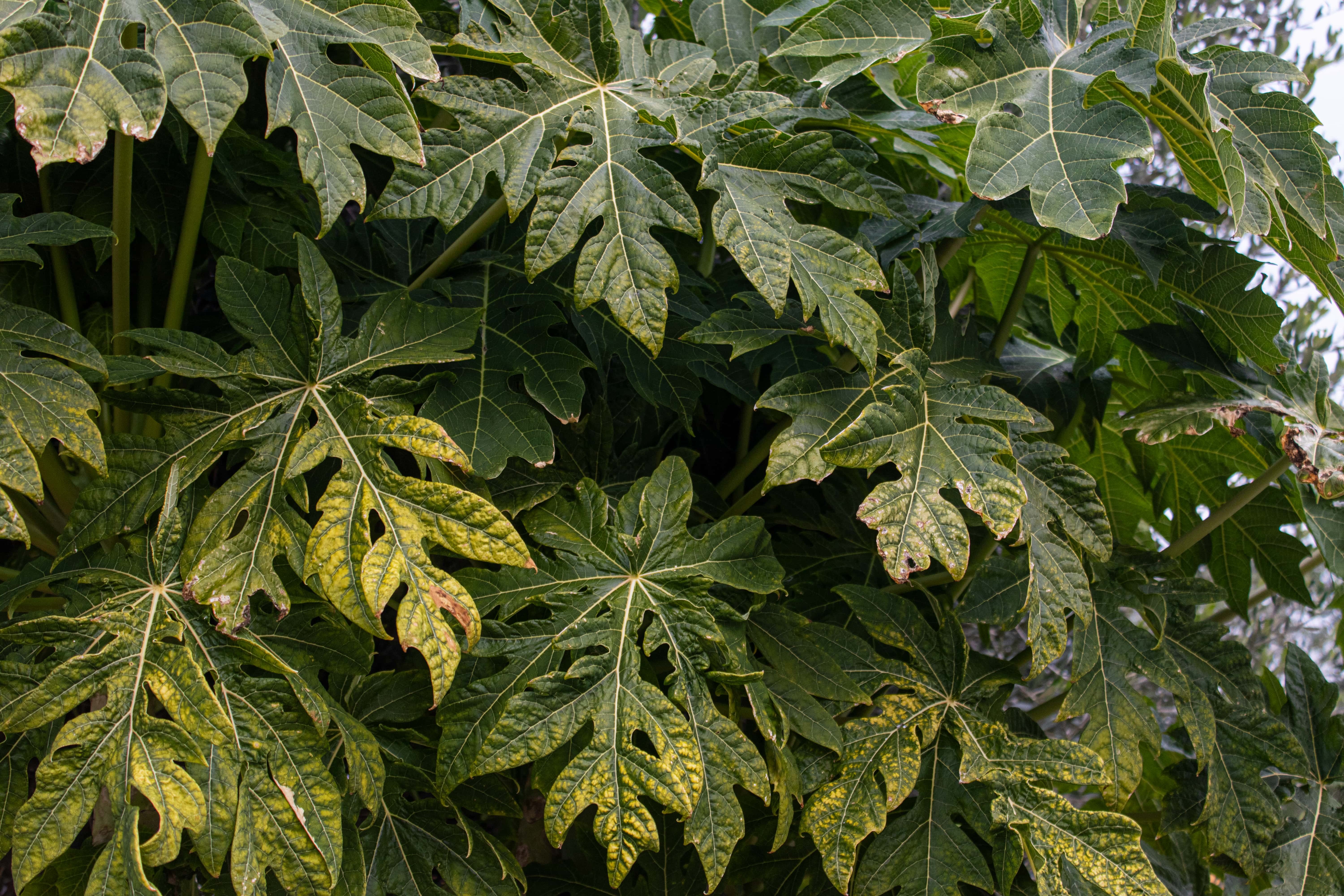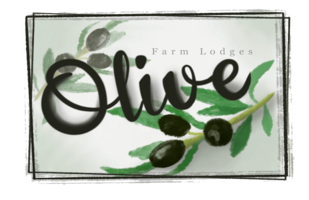Farm Lodges Olive surrounded by various fruit and almond trees and of course our olive grove!
On this page:
- Big trees with a purpose
- Fruit trees orchard
- Vegetable garden
- Other fruit trees
- Shrubs/ Climbers
Big trees with a purpose
Alfarrobeira:
Also known as Portuguese gold ... you must be wondering why? I'll explain. You may have heard of carobs. This can be found as flour, in baby food, an alternative to cocoa or even in cosmetics. As more and more functions are found for these beans, there is more and more demand for them. So why do we call it, "the Portuguese gold"? |
That's because the Portuguese know about the value. The demand for beans makes them worth something, this means when the season has come and the beans are ripe all the Portuguese harvest the beans and sell them for money! How much you earn from them depends on the demand for the beans and the weight in the period you sell them. If you are lucky you can make a nice penny. | 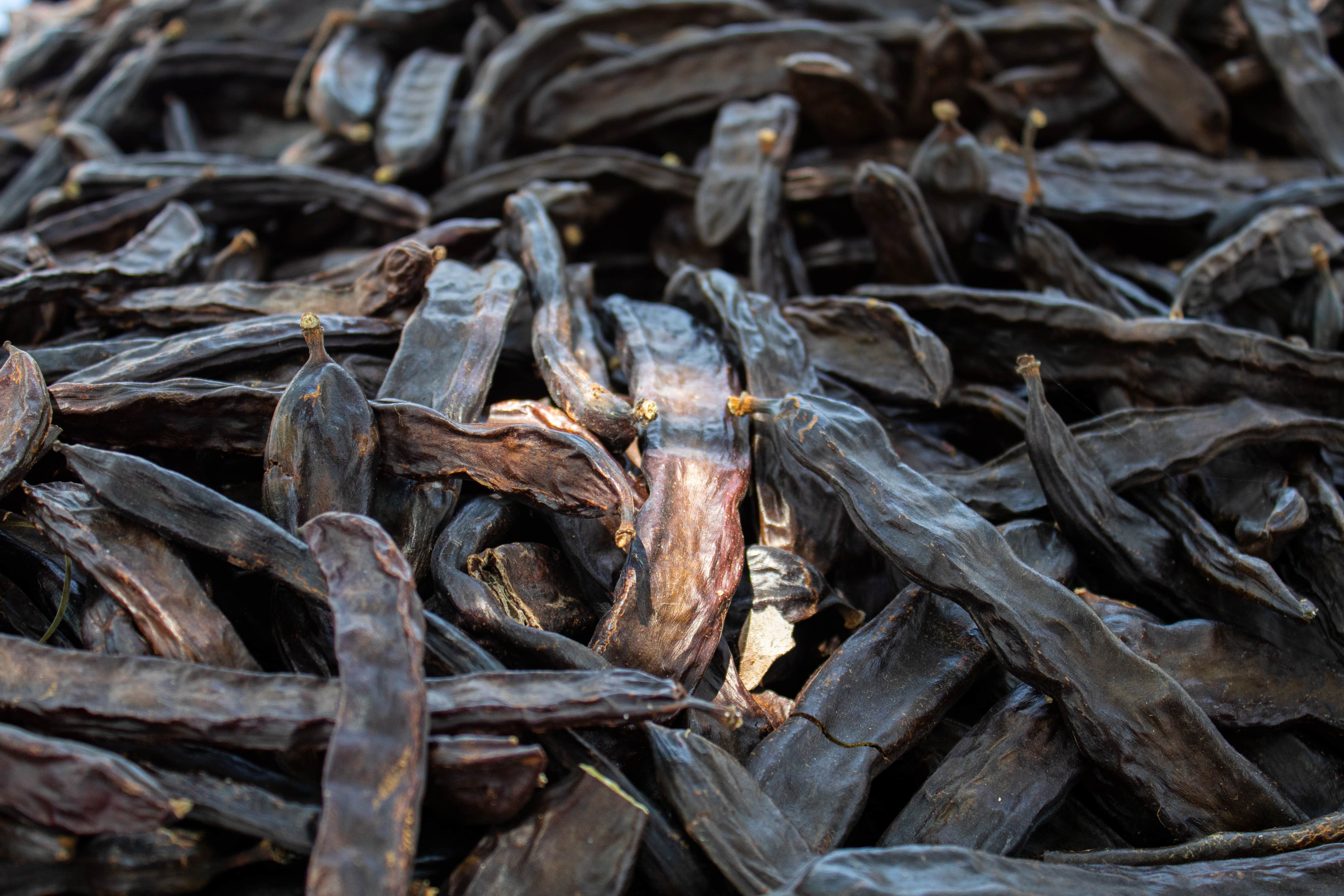 |
| Olive: The olive tree is a beautiful tree that we all know, but like the other trees in this category, the olive also has its own "functions. The olive is the fruit of the olive tree and there are about twenty varieties. What we like about having an olive grove is that we can 'pickle' the olives ourselves with the herbs we choose and then of course eat them, just as if we bought them in the supermarket. |
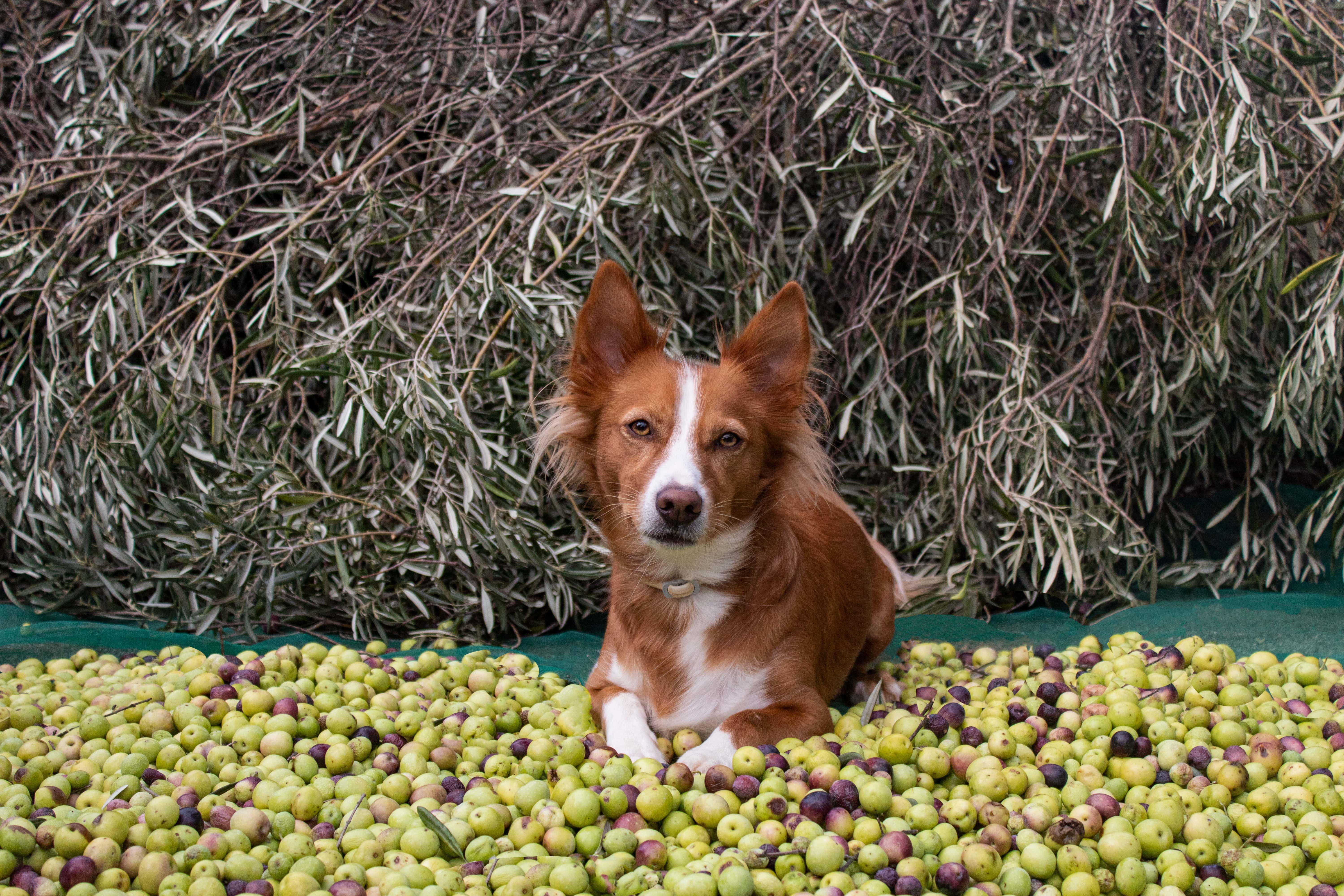 |
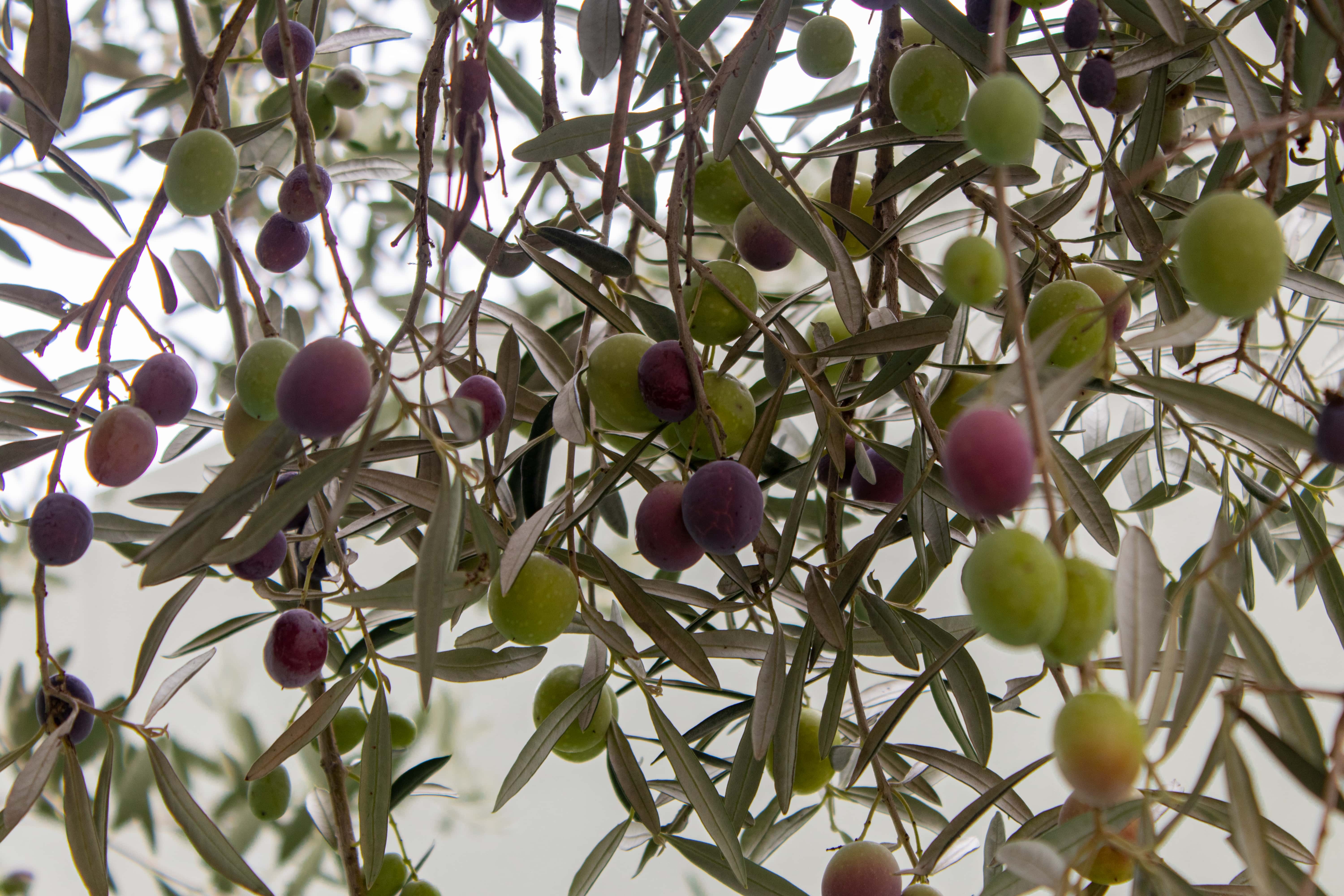 | The olive trees from the grove are about six years old, they are still real saplings when you consider that an olive tree can be as old as 2000 years! The second option we have is to turn in the harvest and have it pressed into olive oil.
If you have a small harvest you can choose to turn them in. If you do that, they go on the pile of olives that other people have turned in and you get back oil back related to the amount of kilos you turned in.
If you turn in a harvest of 450 kilos then you have the option to have your own oil pressed. Your own olives exchange for freshly pressed olive oil.... What more could you want? |
| Almond: Fresh from the shell or perhaps toasted with a little salt? In winter the almond tree is beautifully white with blossoms, in spring all green and in summer? In summer it just looks dead... I would like to say that it is a joke but unfortunately it is true. How in spring and summer most trees are green and in bloom the almond tree does the opposite. |
We know that almonds are healthy and can have an impact on your body and health. This is because they contain antioxidants, protein, hearty fats and minerals that are good for us. You have sweet and bitter almonds. The sweet almonds are the ones you can just eat right off the tree and find in the supermarket. The bitter almonds are the fruits they use for almond oil and the pharmaceutical world. How can you tell the difference? The edible almonds have white flowers and the bitter almonds have light to dark pink flowers. | 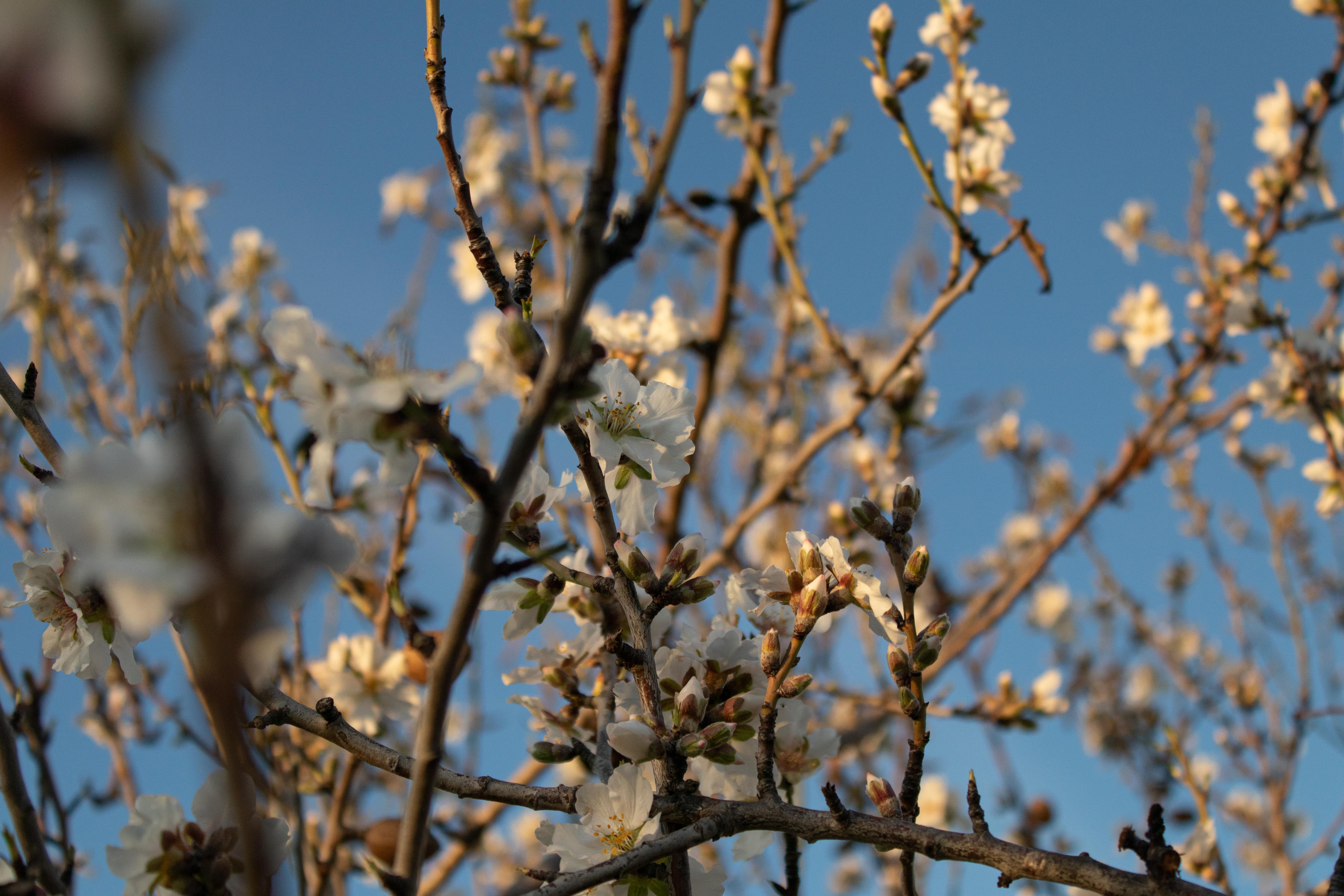 |
| Loquat: The loquat, known here as the Nêspera. Although it does not look like it, the loquat is related to roses. Since this tree does well in dry and sunny climates, there are plenty to be found. April is the season for the loquat, and I can say that every year we have an abundance of these fruits! |
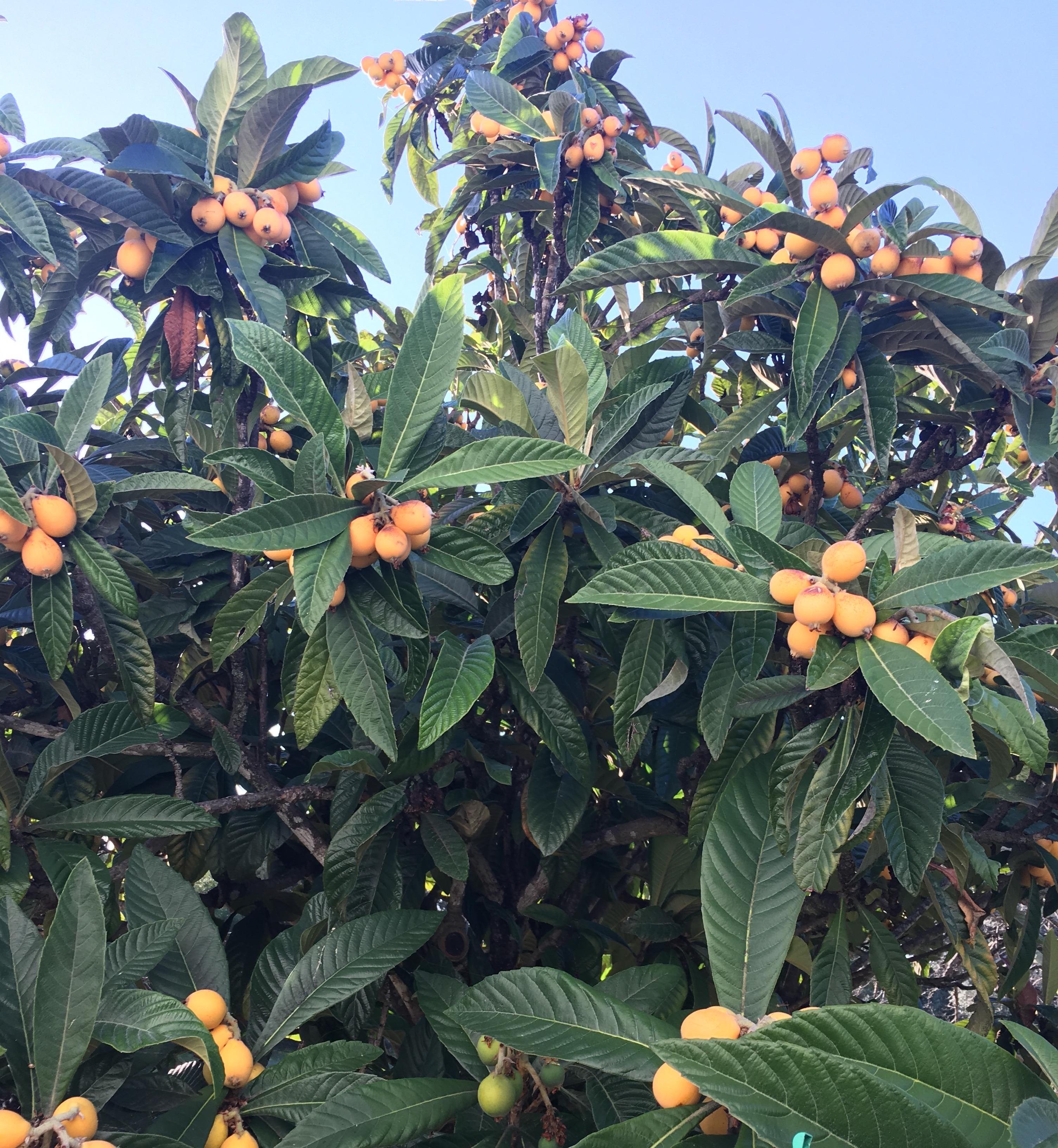 |
The fruit is sweet tasting and somewhat similar to the taste of a pear. The fruit is rich in vitamin A, B6, B9 and minerals such as potassium, iron and copper. Now of course you can just eat the fruit but you also have a few things you can make with it such as: Jams, pies, liqueur etc. You can also use the dried leaves for tea. In China, Loquats are used in traditional medicine so you can say with certainty that they are good for you. |
| Medronho: If you say Medronho to a Portuguese person they probably think you mean liqueur, and that's because that's the most well-known thing the fruit is used for. Medronho liqueur is very strong but the Portuguese say good for digestion.... |
Should you get the chance to taste it I recommend you stick with 1 shot😉 The fruits themselves can also just be eaten although it's not nearly as popular as the liqueur. Furthermore, you have many of the same possibilities with the fruits of the Medronho as those of the loquat, be creative and use them for baking or use them for medicinal reasons. | 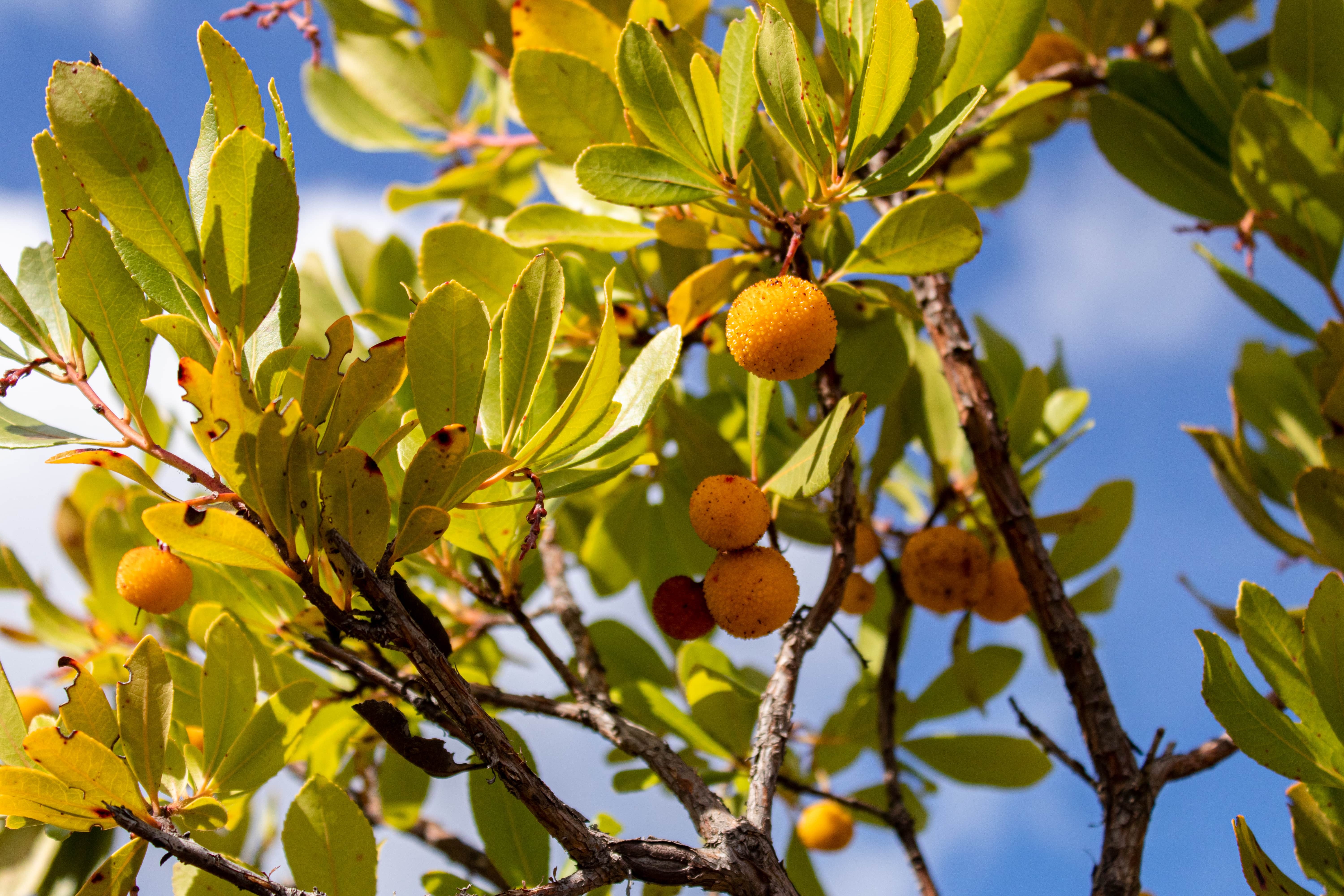 |
Fruit trees orchardIn addition to the olive tree grove, we also have a small fruit tree orchard consisting of lemons, oranges and tangerines. That we came to live here, these trees had received little water and unfortunately we lost a few of them. But fortunately a lot of them recovered when we started watering. |
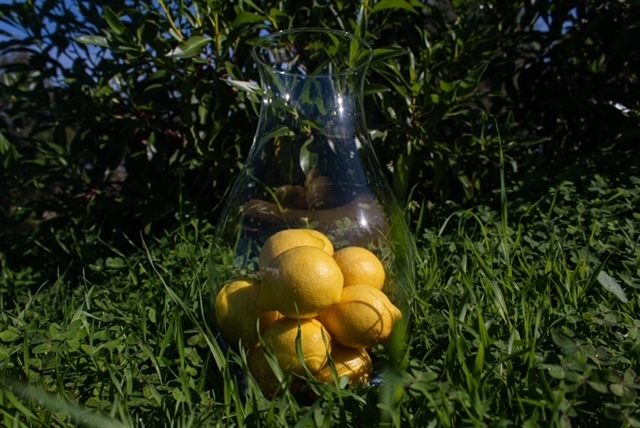 |
Vegetable gardenThe vegetable garden is something we are busy with all year round. Because we started this on time we have also run into a lot of things... The sun in the summer for example. In the summer a lot of the plants burn and sometimes the vegetables burn too so we made some changes and so far so good. From wooden climbing houses we went to estufas (greenhouses). This ensures that the light is filtered and thus the plants (hopefully) do not burn. The vegetable garden is planted seasonally even though basic things naturally grow all year round such as: peppers and herbs (Rosemary, thyme, chives etc.). Everyone may use the vegetables and fruits that can be harvested. Please harvest only what you will use. |
Other fruit treesWe have an olive, fruit and almond grove, but we also have several other fruit trees and shrubs (the shrubs/climbers are their own category). |
| Peach: Like the loquat, the peach belongs to the rose family, and at the same time the peach is also related to the almond (the almond does not belong to the rose family). In 2023 we were able to harvest for the second time, and initially I had written this text before the second harvest and therefore I had to rewrite this😅 |
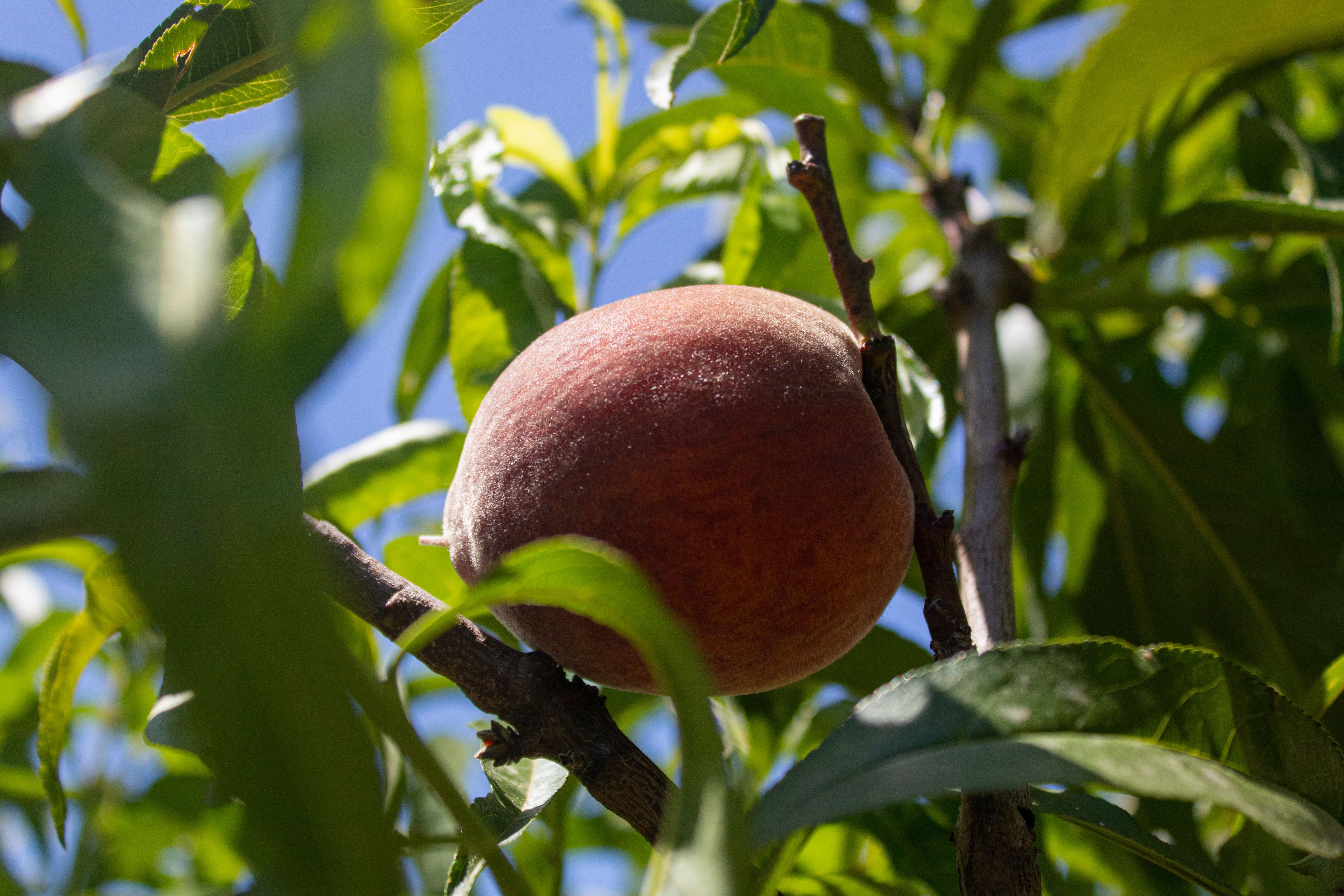 | With the first harvest we unfortunately only had three peaches (very sweet ones though) and we could only hope for more for the next harvest ... and we definetely had more. The tree doubled in size and in terms of harvest we had as many as 12 times as more (and I am not exaggerating maybe even much more than that). May is the season for peaches, there certainly is enough for everyone😜 Did you know that the peach symbolizes immortality and friendship? There are hundreds of varieties of peaches, but they are mainly sold in categories of color (yellow or white). So we can also only say that we have the delicious variety. |
| Mango: That we bought this tree I said "it's been a long time since I've had a nice mango," and the first harvest certainly did not disappoint! |
You might say "don't exaggerate so much," but this really was the tastiest mango I had ever eaten! Like the peach, we can only hope for more fruit each season. We don't have any trees in the mango family yet, but the most famous ones are cashew and pistachio, who knows maybe in the future? | 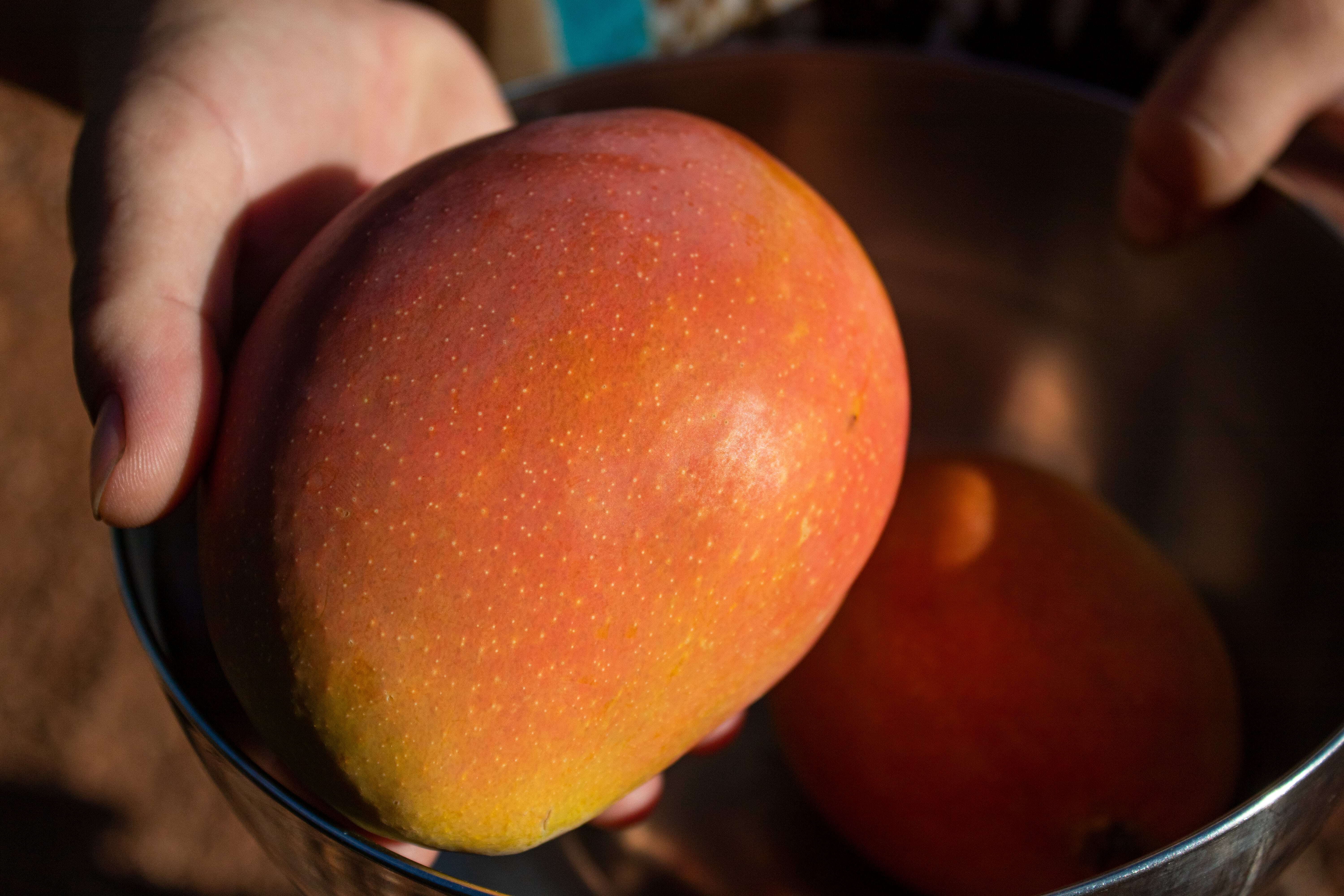 |
| Pitanga: The Pitanga also called the Suriname cherry, is a fruit with a flavor that is difficult to describe. The best way to explain it is a sweet and sour taste with a bitterness and a bite. |
| Now I cannot clearly explain or compare what Pitanga tastes like, but I can explain the amazing properties or should I say functions of this fruit. Pitanga is rich in antioxidants, vitamins A and C iron and many other minerals. Because of all these vitamin and minerals, they say Pitanga is good for: heart disease, cancer treatment, cold treatment, skin health (including acne) and many more other things. |
| Papaya: Papaya is officially not a tree but a giant herb ... yeah who would have thought. |
The papaya is another fruit with many health properties and classified as a berry species.
One serving of papaya is enough to get all the vitamin C you need in a day. The seeds and leaves are used in tropical climates for medicine and the enzyme papain (a type of protein) is used to tenderize meat. | 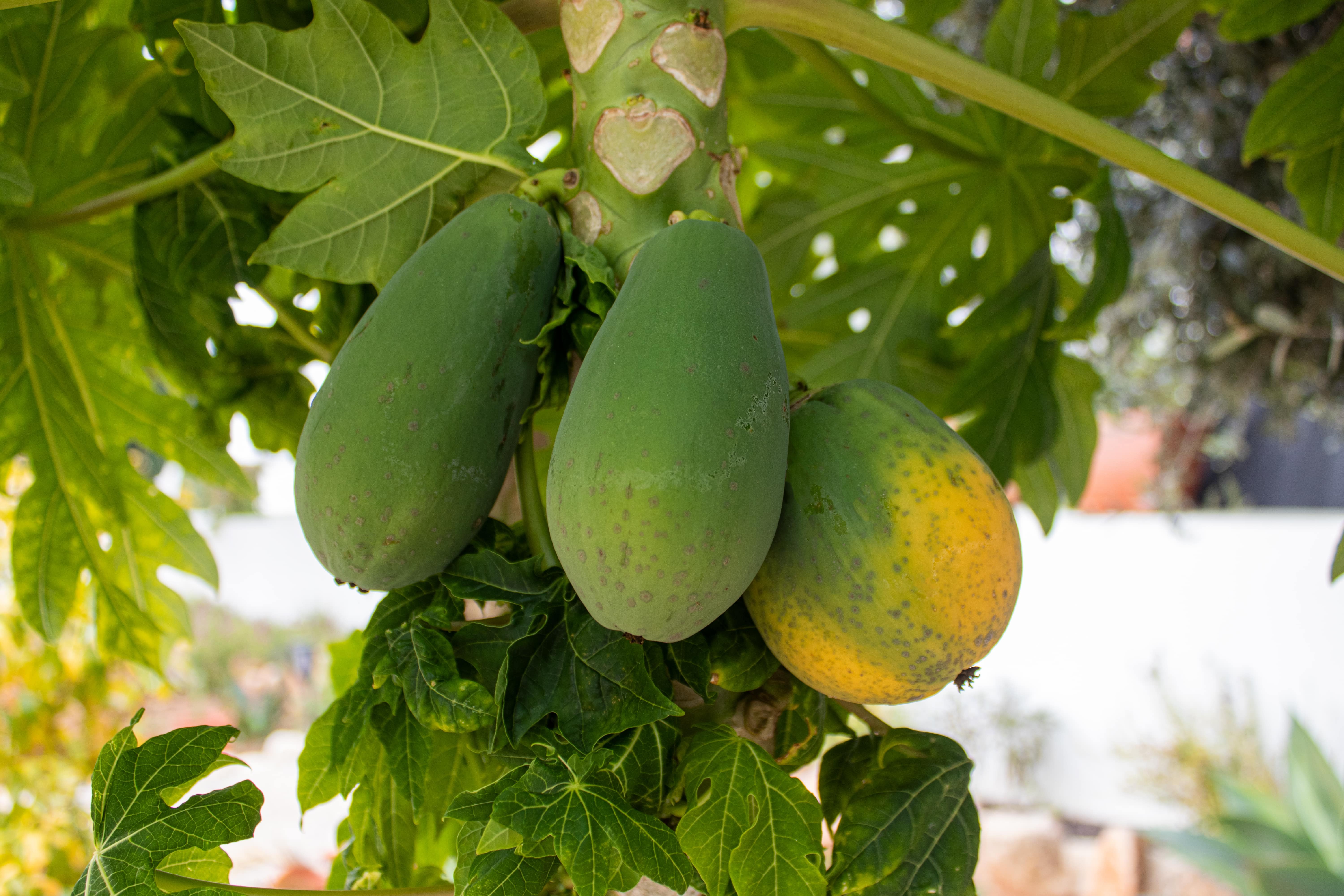 |
| Blood orange: Like the papaya, the orange is officially a berry, now, of course, the blood orange is a special one. |
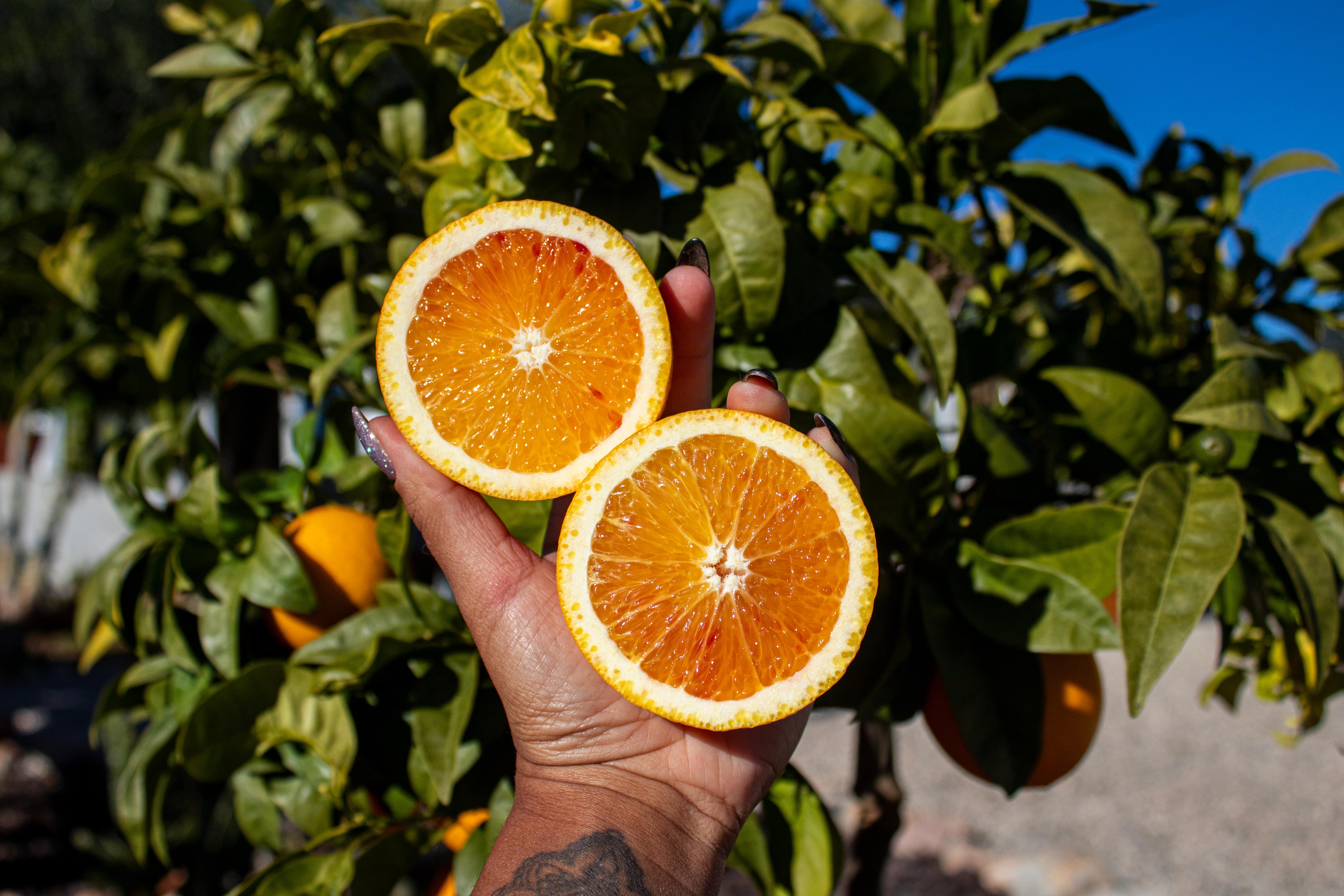 |
Unlike the orange, the blood orange is not available year-round, in fact, the harvest season is December and there are no varieties that ripen at other periods. It is really a winter fruit, the color also has to do with this. To turn red, blood oranges need cold nights and warm days. Originally they come from Sicily, Italy, specifically at the foot of the Etna volcano. |
| Nectarine: Also known as a smooth peach. I myself have always thought that a nectarine looked like a naked peach but as it turns out, they are also from the same family so that explains a lot. In appearance, nectarine trees are the same as the peach tree and are practically indistinguishable from each other. |
| The health benefits of nectarine include relief from cancer, obesity, cholesterol and nerve disorders. It helps maintain healthy vision, skin care, nerve system, healthy bones and teeth. Nectarines also have anti-aging properties and help in detoxification and improve digestion. They are rich in essential nutrients and antioxidants that are valuable during pregnancy. The harvest season of the nectarine is between June and September. | |
| Lychee: It is a tropical fruit native to China, Taiwan and Southeast Asia. They are known as the "queen of fruits. |
| because they are packed with nutrients. Lychee has a lot of health benefits, such as improving the immune system, controlling blood pressure and supporting the cardiovascular system. Lychee can also help with weight loss. There are many more benefits to lychee, but then I'll be typing for a while, and you'll be reading longer as well.
The harvesting season of Lychee is between May and August. |
| Cherry: Delicious, those cherries don't you think? I love them. The sweet ones, of course. There are two types of cherries, sweet (for eating) and sour (for baking). |
Within these categories, of course, you have different varieties, but as you may have figured out from the other fruits, there are far too many to name. Cherries are packed with antioxidants, vitamins and minerals that are very healthy. In addition, they are also low in calories!
did you know that there is an official cherry spitting contest in Michigan? The harvest season for cherries is between mid-April to late July. | |
| Apple: Apple juice, apple pulp and apple cider, all have high acidity. |
| This healthy substance helps address conditions such as chronic fatigue syndrome and gallstones. In addition, apples also contain lots of fiber. An average-sized apple contains almost twice as much fiber as a serving of fiber supplements. And the reason apples can float is because they are 25% air. |
Shrubs / Climbers
Pomegranate:
The pomegranate is not really a tree, but rather a very large shrub hence its inclusion in this list |
| Right next to the house we have 1 mother "tree" that is completely full of pomegranates every year. Close to it we have a few small bushes that have appeared, a few of which are now old enough to give fruit. Pomegranates are very large berries ... yes you read correctly the pomegranate belongs to the berry family and they are classified as a superfruit. | |
| Figs: There are a lot of varieties of figs, but we have two. Which two? Red/black and green figs, the variety is unknown to us. |
| Both figs are edible and very tasty. Since we often have a lot of figs it is impossible to eat them all, so we dry the remaining fruits that are left over so they stay good and then they can be eaten nicely throughout the winter. As a snack, through yogurt or maybe in a pie there are plenty of options. |
| Passion fruit: The passion fruit has beautiful flowers and has a passion for ... growing. If you give this climber enough water and let it do its thing it will take over the whole garden if you give it a little time. |
There are two different types of passion fruit, the yellow and the purple. The yellow one comes from more tropical regions and is often larger, but has less flavor. In addition to there being two groups, there are as many as around 400 plant species. This fruit is known for its sedative effect so is used as a sleep aid and to calm nerves and tension. Furthermore, they are rich in vitamin A, C and B complex and the minerals: iron, sodium, calcium and phosphorus. Passion fruit is therefore also well regarded for digestion. | 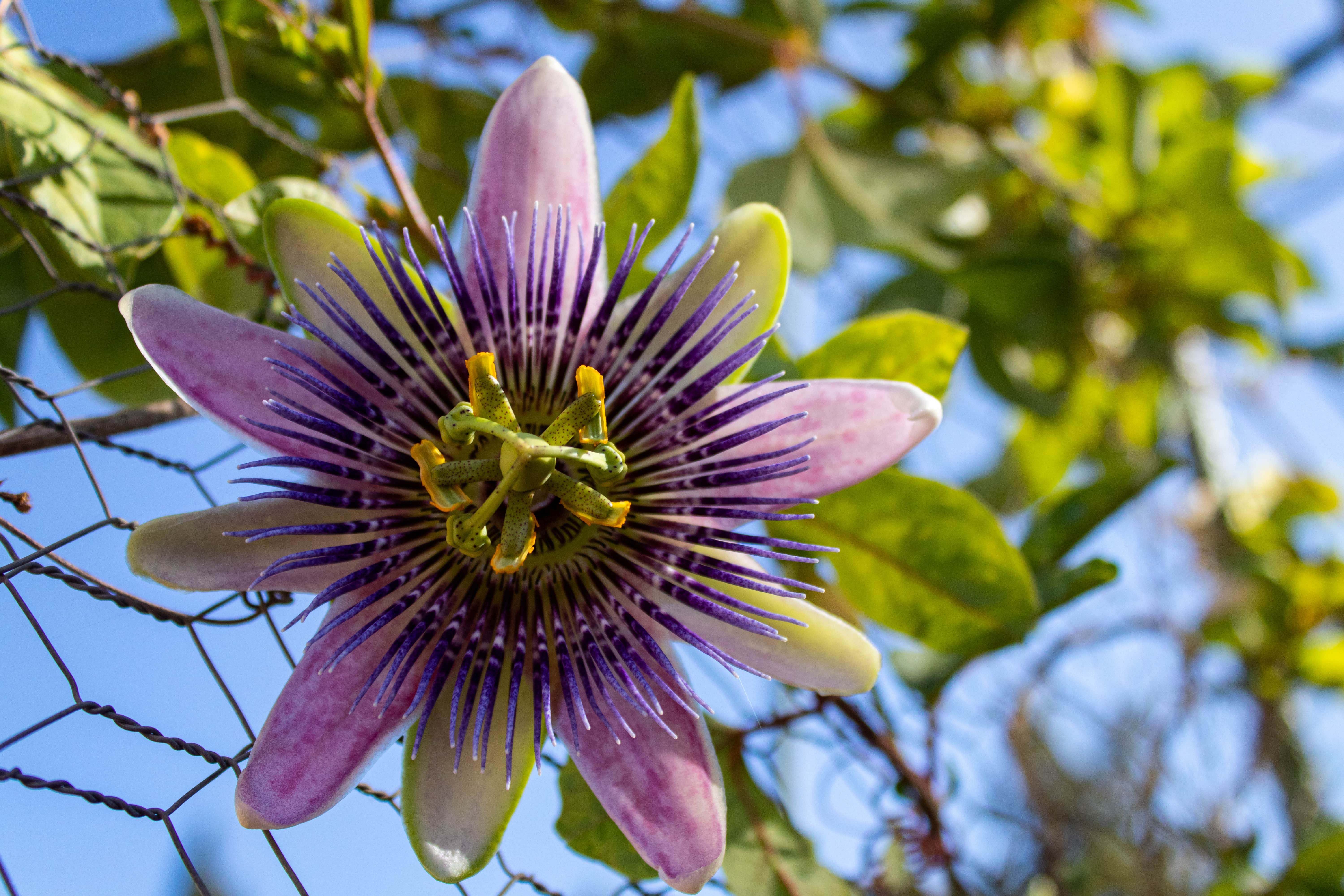 |
| Grapes: Grapes are like passion fruit, they grow like weeds when you let them have their way. For this reason, we have already removed a few, but believe me, they will come back in no time. |
| The Portuguese love their grapes, and this is mainly because a lot of them make their own wine. Yes yes, the Portuguese do know how to make booze😉
We already know most of the information about grapes, but I have a small list of facts that maybe not everyone knows:
- Table and wine grapes are different; wine grapes are sweeter.
- Grapes have been around for 65 million years.
- People have been growing grapes for 8,000 years
And last but not least - There are 8,000 different varieties of grapes
|
| Goji Berries: Goji berries are native to Asia and have a sweet and slightly sour taste. |
| The Goji berry is one of the so called super fruits, a medicinal plant that is rich in eight essential amino acids and antioxidants and therefore they are also great for boosting your immune system. Many people use the berry to treat eye, liver and kidney problems. | |
| Blackberries: The beloved blackberries are often a challenge to pick, but here it comes...we have a thornless blackberry. |
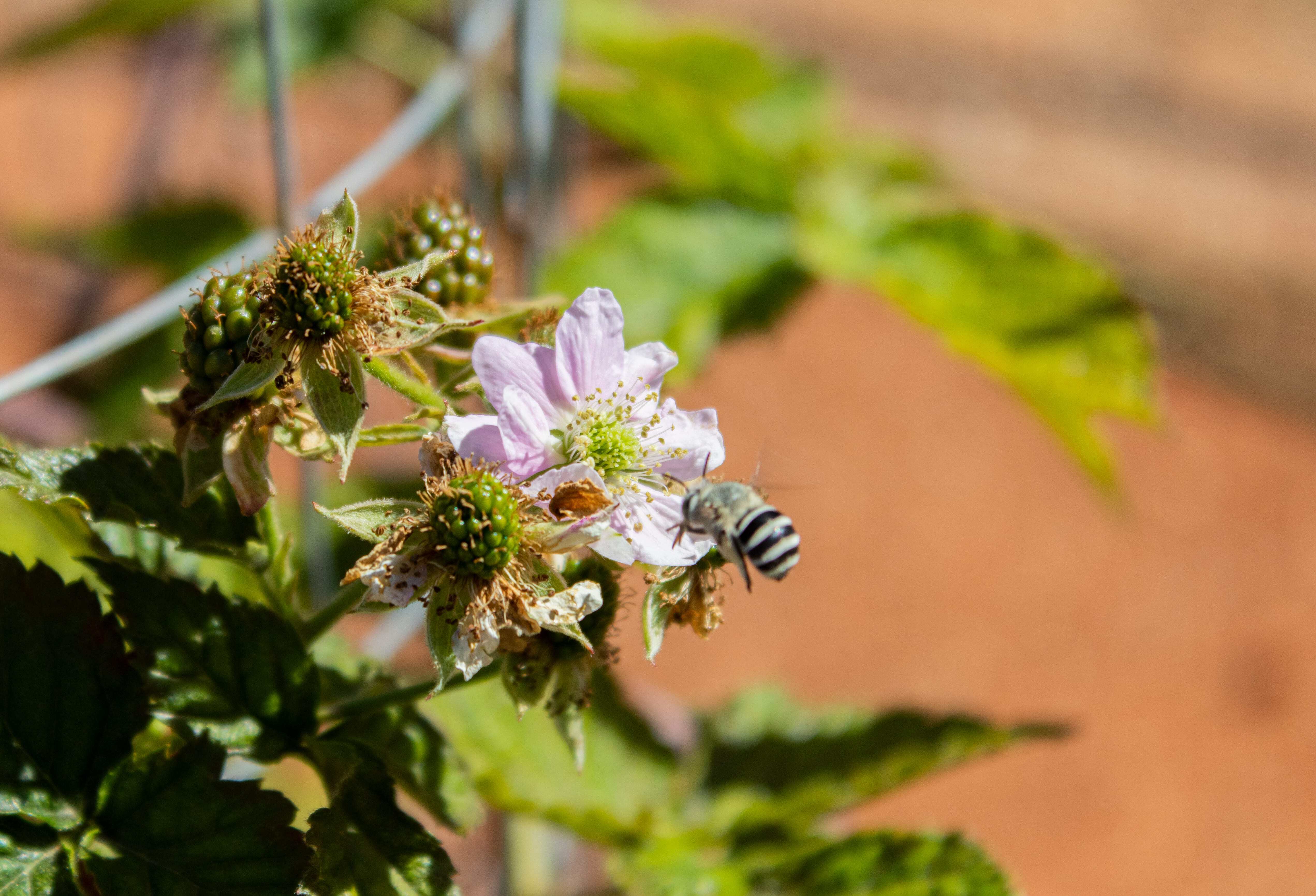 | The blackberry also belongs to the "grows like cabbage" group as do the passion fruit and grapes. The Greeks used the blackberry as a remedy for gout, and the Romans made tea from the leaves of the plant to treat various diseases. Speaking of super fruits the blackberry is also one of them. They are packed with vitamins A, B1, B2, B3, B6, folic acid, vitamins C, E, and K. And the minerals calcium, iron, magnesium, phosphorus, potassium, and zinc. |
